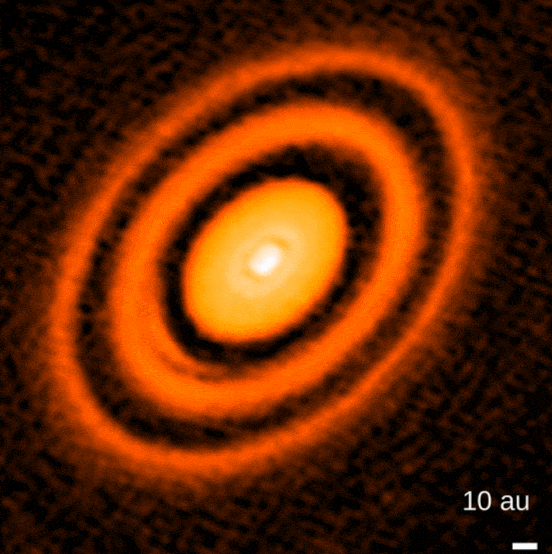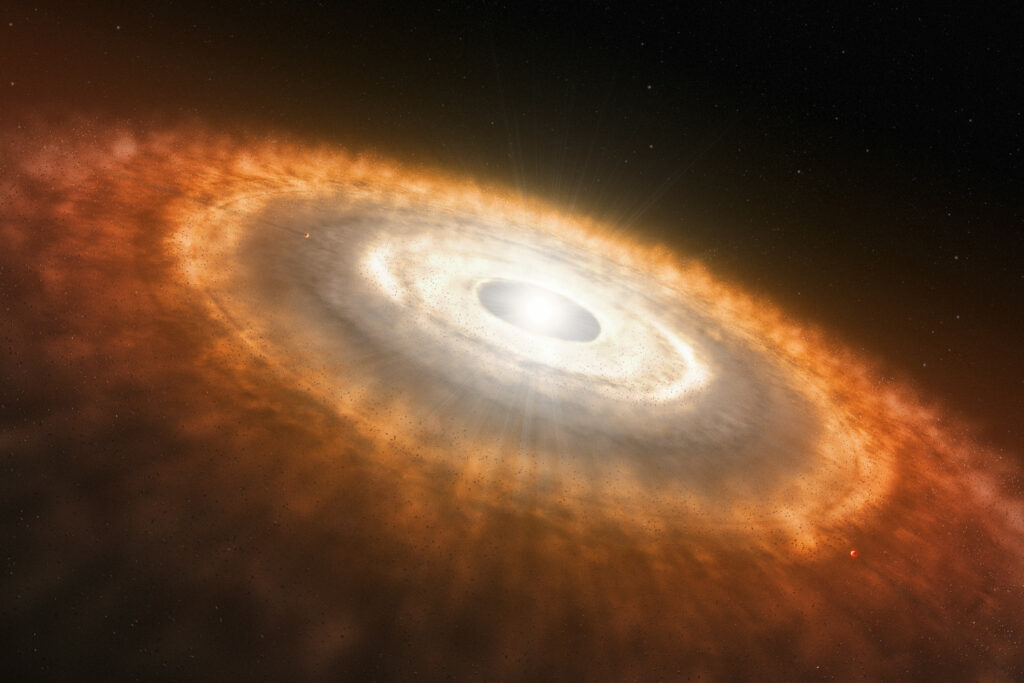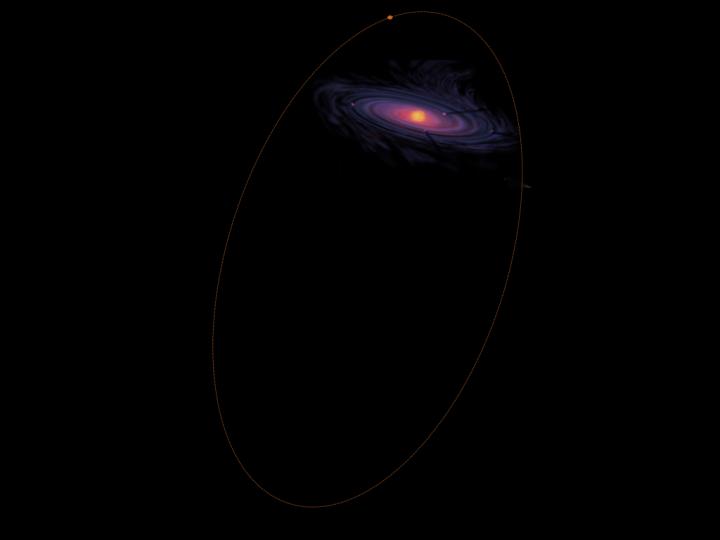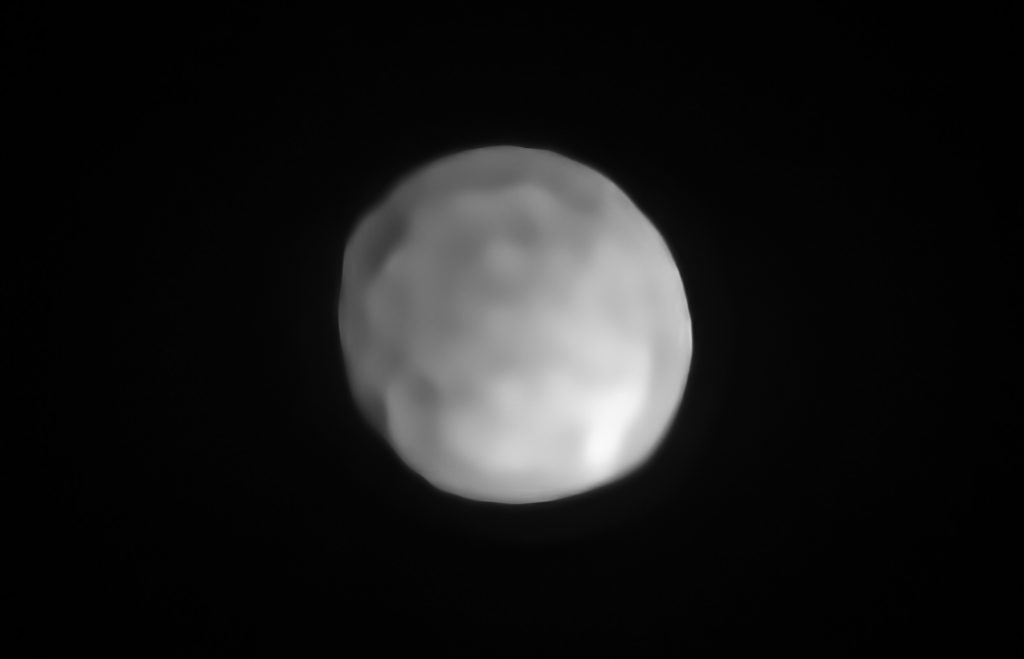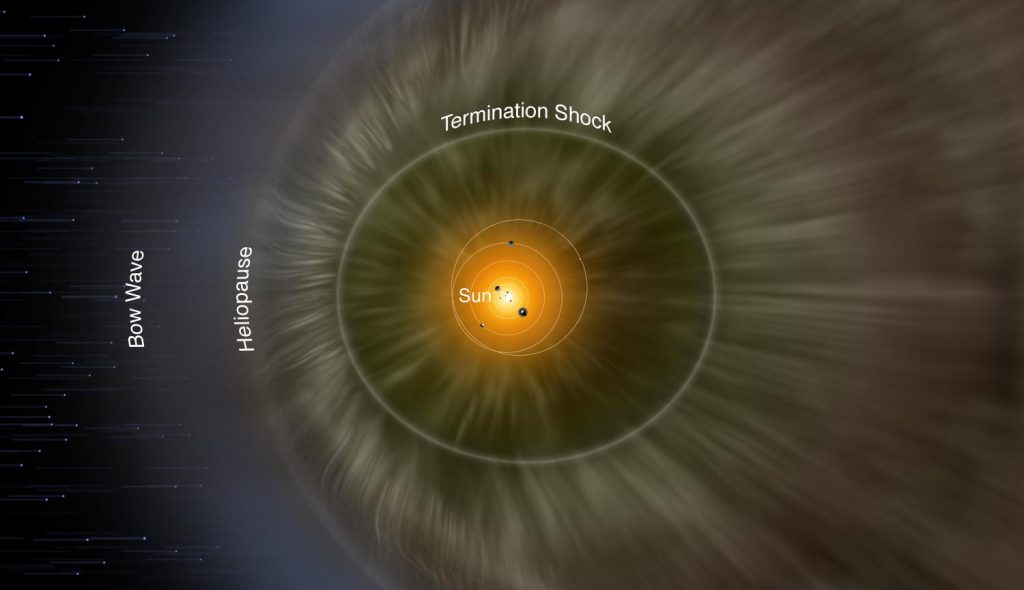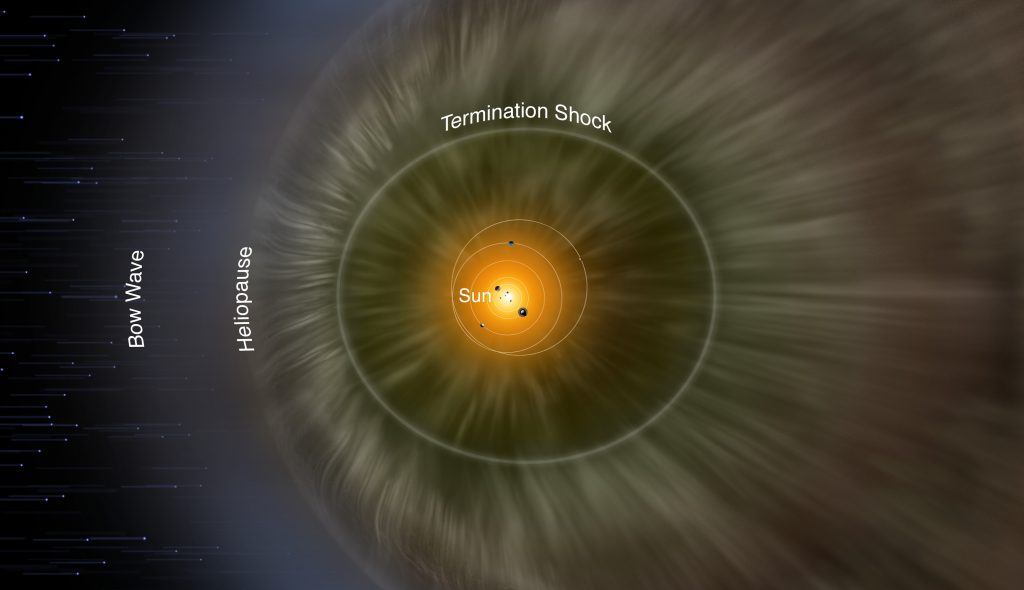Why we don’t stick to the ground with our bellies – or why our earth is not a super earth
During the search for exoplanets astronomers notice again and again that our solar system seems to be clearly out of the way. There are neither "hot Jupiters" (gas giants in the proximity of the central star) nor super earths (rock worlds with more than three times earth mass). At first it was thought that this could be due to the way of searching. The techniques used work particularly well with celestial bodies that are very large and orbit close to their star. In the meantime, however, the list of exoplanets is clearly in four digits, and super-Earths are still…
